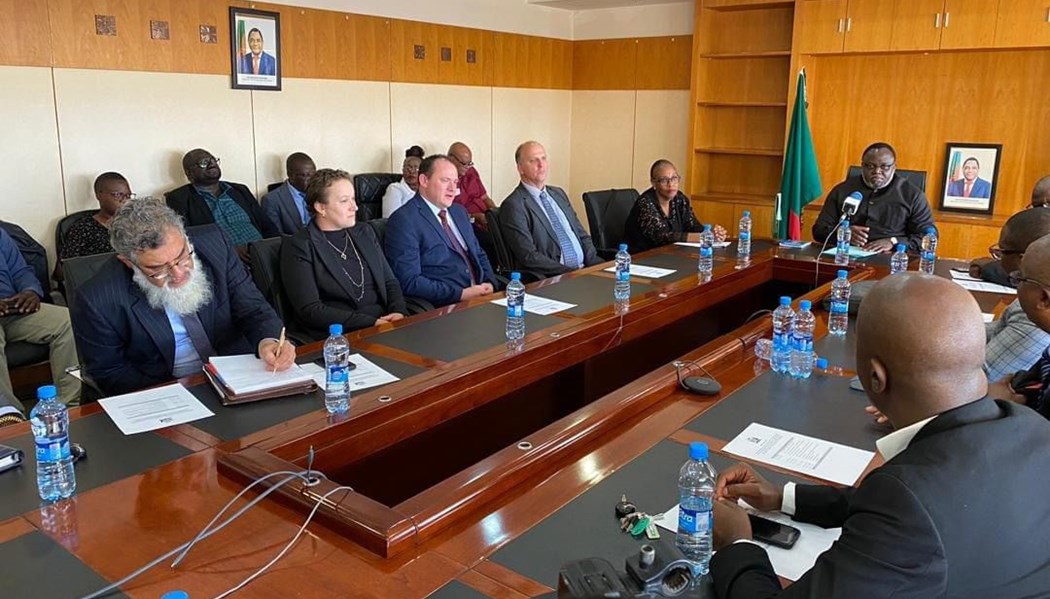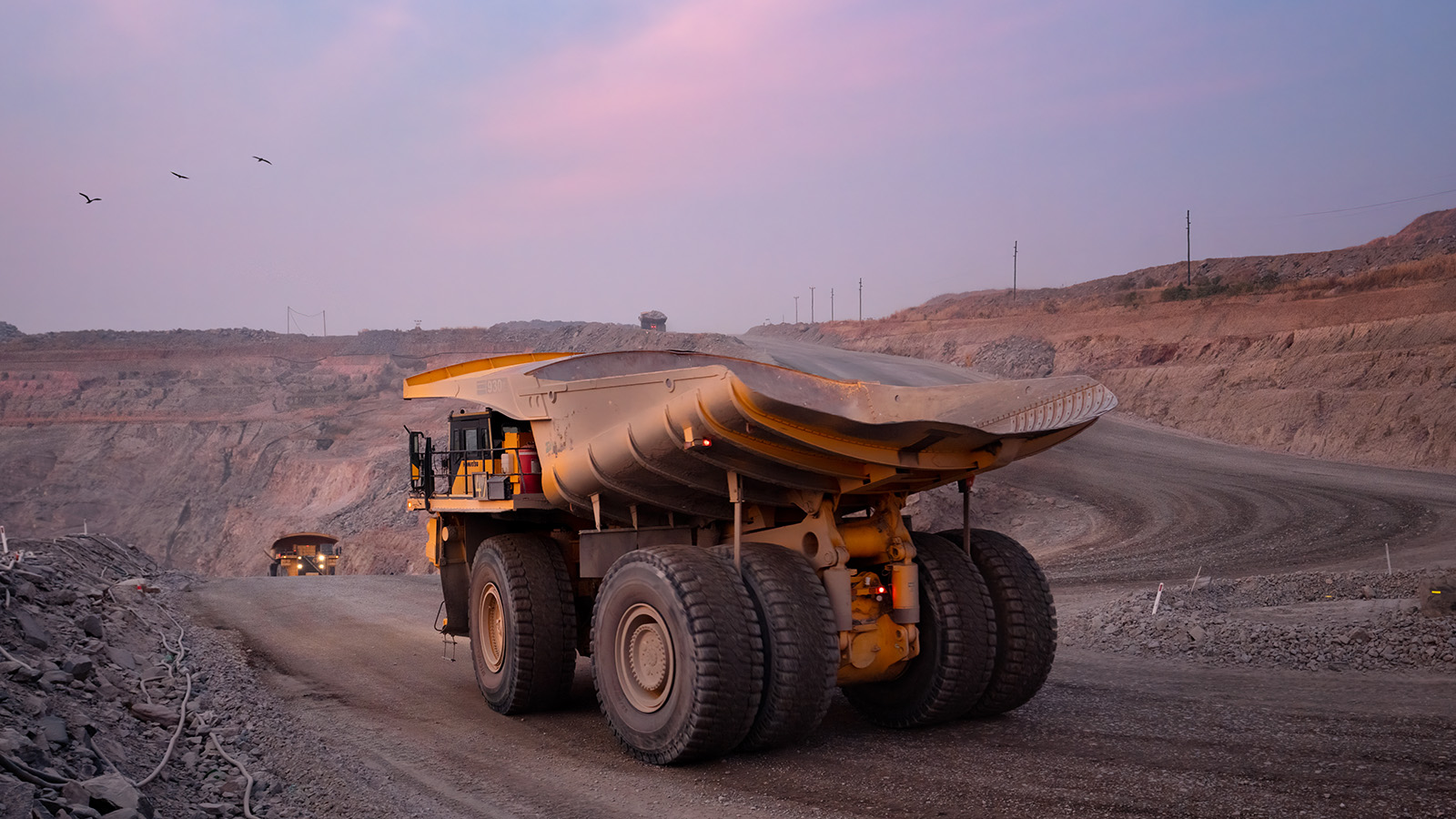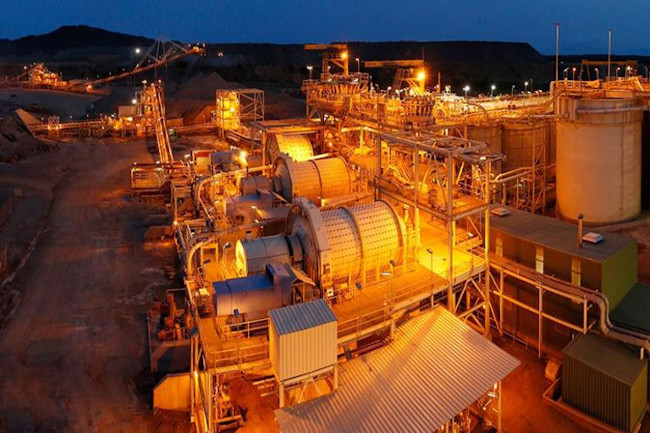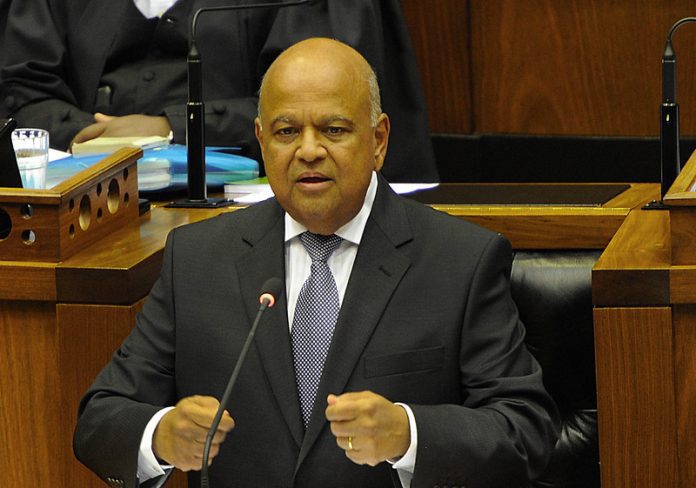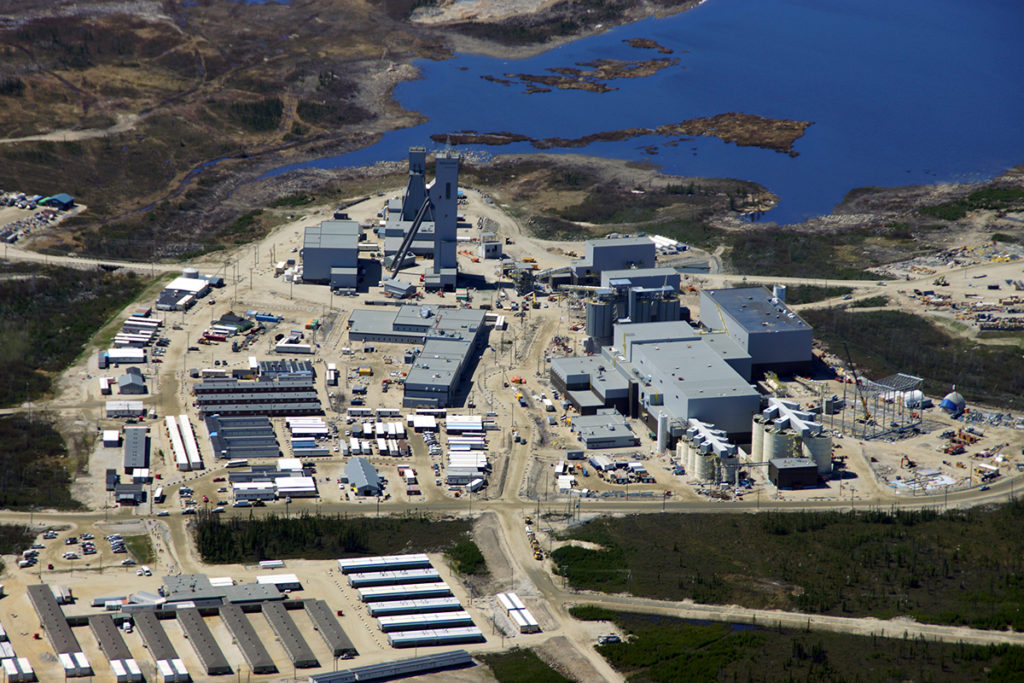Mining Other

Critical Minerals And The New Great Game
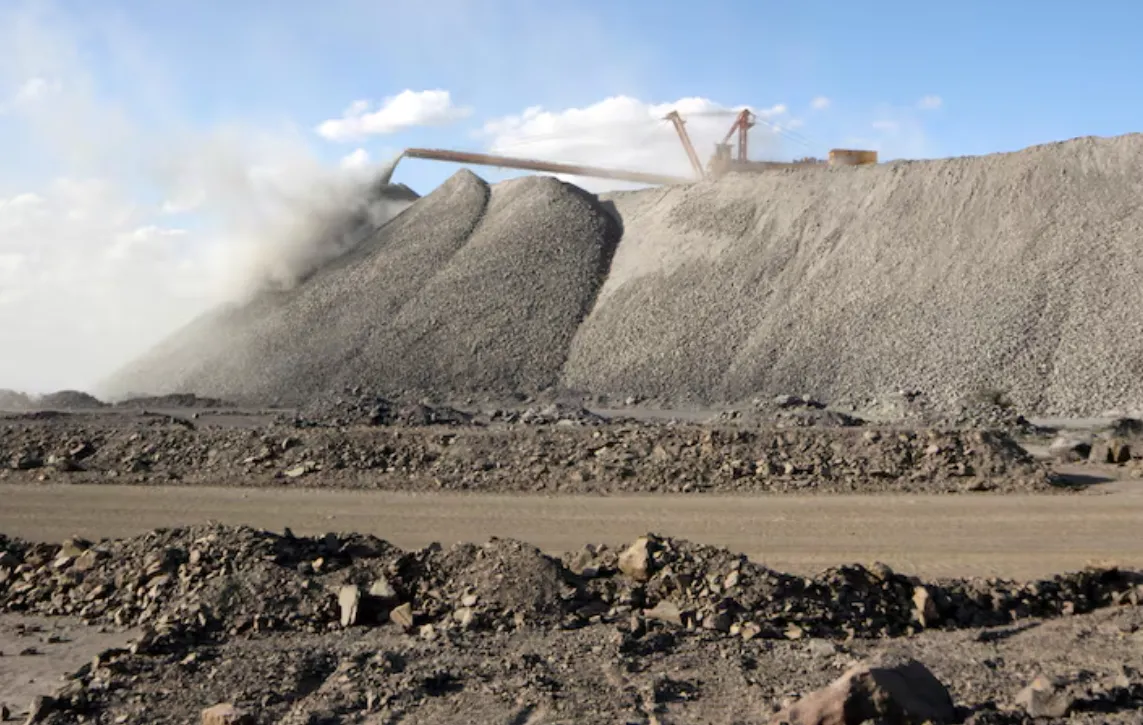
In 1904, British geographer Halford Mackinder identified Central Asia as the geopolitical “pivot of history.” A century later, that pivotal zone has shifted from the Eurasian steppes to the mineral-rich terrains of Africa, South America, and Australia. The contemporary contest is for the critical minerals—lithium, cobalt, and rare earth elements—that fuel electric vehicles, renewable energy grids, and the digital economy. These resources have become the 21st century's equivalent of oil, sparking a new "Great Game" among global powers.
For India, the stakes are exceptionally high. The nation's ambitious goals for electric mobility, renewable energy, and digital manufacturing mean its demand for these minerals is projected to multiply many times over by 2030. However, India faces a triple challenge: limited domestic reserves, an underdeveloped recycling ecosystem, and supply chains highly vulnerable to external disruption. This vulnerability is amplified by China’s commanding position in the sector, where it controls the majority of global production and refining for these key minerals. Without decisive action, India’s strategic and clean-energy future could be held hostage by Beijing’s mineral monopoly.
China’s dominance is the result of a long-term, strategic campaign of acquiring overseas mining assets, extending financing to resource-rich nations, and building unrivalled refining capacity. From controlling cobalt mines in the Democratic Republic of Congo to securing lithium concessions across South America, Beijing has established a position akin to that of the great oil majors of the past. India’s predicament is compounded by its lack of large-scale refining capabilities, creating a dependency on China even for processed materials derived from imported ores.
Recognizing this strategic vulnerability, New Delhi has initiated a response. The establishment of Khanij Bidesh India Ltd. (KABIL) and partnerships with countries like Australia are foundational steps. Discoveries of domestic lithium reserves in Jammu and Kashmir are also promising. Yet, these efforts remain fragmented. To compete effectively, India must adopt a comprehensive, three-tiered strategy:
- Secure Upstream Access: India must move beyond simple purchase agreements to acquire direct equity stakes in mining projects abroad. Empowering KABIL with significant sovereign capital and political risk insurance is essential to compete with Chinese state-owned enterprises. Collaboration with Quad partners, particularly Australia and the United States, can lower entry barriers.
- Build Midstream Capacity: Controlling the refinement of raw ores into battery-grade materials is where true strategic autonomy lies. India must invest heavily in domestic refining hubs, leveraging technology transfers from partners like Japan and Australia through public-private partnerships.
- Drive Diversification and Innovation: Investing in recycling technologies can create a domestic source for critical materials, with up to 20% of future demand potentially met this way. Concurrently, India should pioneer research into alternative technologies, such as sodium-ion batteries, to reduce reliance on scarce imports.
Underpinning this economic strategy must be sophisticated diplomacy. India’s approach should be partnership-oriented, offering resource-rich nations a holistic value proposition that includes development aid, job creation, and skill development, rather than purely transactional extraction.
The new Great Game is already in progress, and India is a latecomer. However, lateness does not preclude success. Through a clear-eyed strategy, bold investments, and strategic diplomacy, India can still secure a position of strength. If it hesitates, it risks becoming a mere price-taker in the markets that will define the future, its ambitions constrained by supply chains controlled by a strategic adversary. In Mackinder’s era, power was dictated by geography; today, it is determined by geology and the mastery of the supply chains that transform it into strategic advantage.




